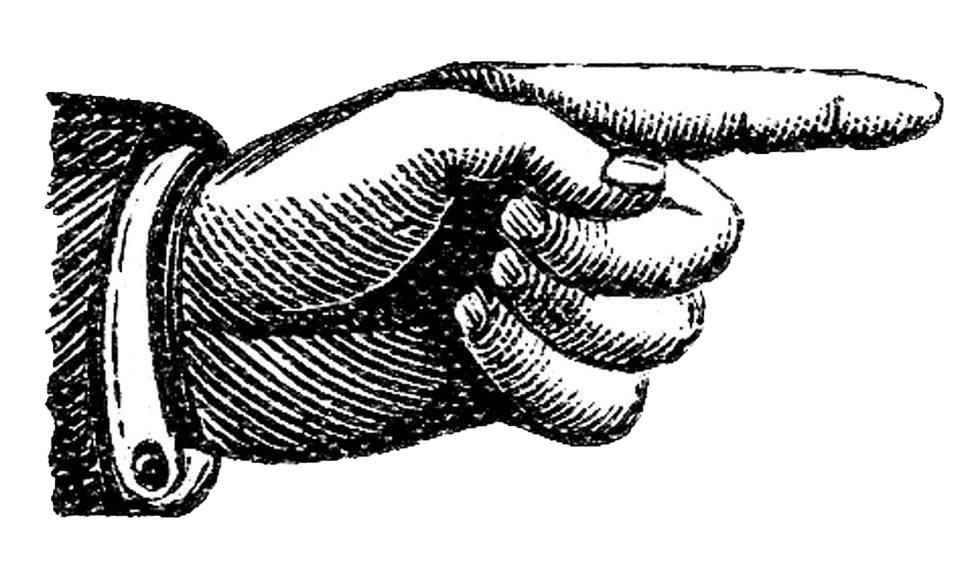


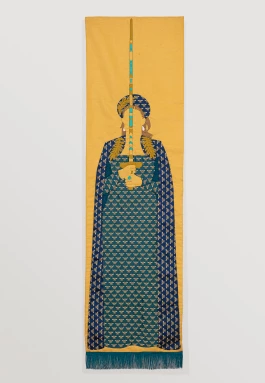
Title: I had to take a paracetamol to carry this sword
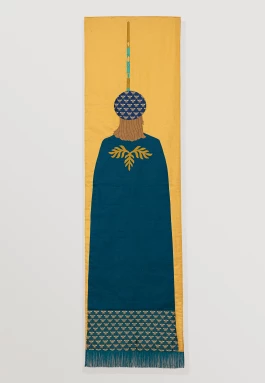
Title: I had to take a paracetamol to carry this sword (back side)
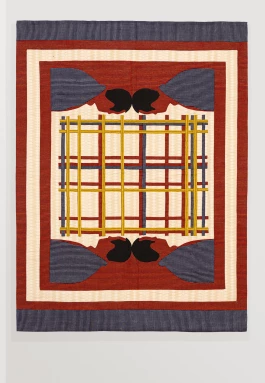
Title: Another 75 Years of Being Looked at Upside Down
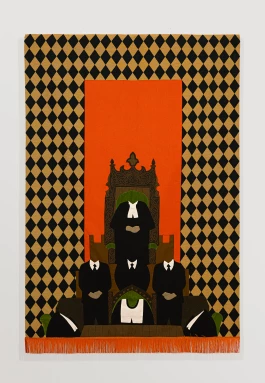
Title: The Scandal
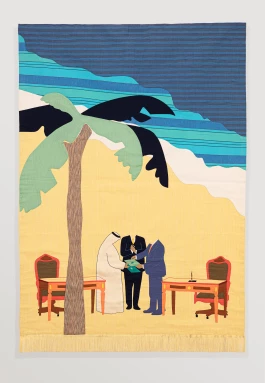
Title: Launching Soon (Head of Wisdom)

Title: Silent Protestors

Title: Army of Protestors

Title: The Second Forum (Wa Tatawala Al Ahdas)
Today in History was Dina Danish’s first exhibition in Egypt in nearly a decade, presented at Gypsum Gallery. The series of appliqué tapestries, produced with artisans from Cairo’s khayamiya district, draw on the visual language of medieval banners. Anecdotal and humorous, they combine mismatched textiles, familiar images, and cultural references in reflections on historical events. Satire and play are used to question the repeated signs and gestures—politicians at podiums, signing protocols, shaking hands—that shape collective perception.
Constructed from Western and Egyptian fabrics such as gobelin, jacquard, and Akhmim, each material carries associations to the events depicted. In Launching Soon (Head of Wisdom), Danish focuses on the performative display surrounding the sale of Ras El-Hekma, a prime Mediterranean coastal area in Egypt, to Emirati investors. Officials pose against an abstracted beach, framed by ornate furniture, while an Hermès palm motif is reworked through the ancient Akhmim weaving tradition, a laborious hand-loom technique in cotton and linen.
Drawing on technical parallels between medieval banners and khayamiya, both made with appliqué, Today in History contrasts the permanence of craftsmanship with the fleeting images of media coverage. The works highlight the cyclical nature of power, history, and representation.